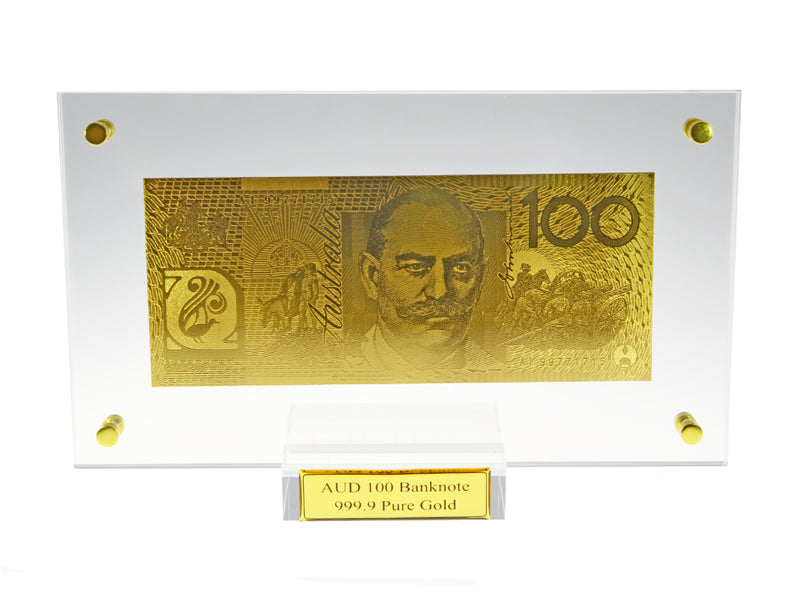
While the constitution did not explicitly grant the power to issue paper currency, it did grant the power to borrow money. As a result, the pre-Civil War circulation of banknotes in the United States consisted of private issues, including issues by private federally chartered banks such as the First and the Second Bank of the United States.

With the fate of the Continentals in mind, the Founding Fathers embedded in the constitution no provision for a paper currency, and the constitution explicitly prohibits states from making anything but gold or silver legal tender.

The paper Continental dollars nominally entitled the bearer to an equivalent amount of Spanish milled dollars but were never redeemed in silver and lost 99% of their value by 1790 despite the American victory. The Continental Congress had issued Continental dollars between 17 to help finance the American Revolution. They were intended to function as money but were authorized under Congress's borrowing power because the government's authority to issue currency notes was uncertain. The Demand Notes were a transitional issue connecting these Treasury Notes to modern paper money. During wars and recessions it issued short term debt called Treasury Notes, but these were not legal tender. Treasury Notes and early United States paper money īetween the adoption of the United States Constitution and the Civil War, the United States government did not issue paper money as it is known today. 5 Production figures and collectibility.4.2 Common varieties among denominations.4.1 Common features among denominations.3.2 The transition to legal tender notes.1 Treasury Notes and early United States paper money.As a result, most Demand Notes were redeemed, though the few remaining Demand Notes are the oldest valid currency in the United States today. federal tax base at the time, and thus Demand Notes took precedence.

When Demand Notes were discontinued, their successors, the Legal Tender Notes, could not be used to pay import duties, a large part of the U.S. The obverse of the Demand Notes contained familiar elements such as the images of a bald eagle, Abraham Lincoln, and Alexander Hamilton, though the portraits used on Demand Notes are different from the ones seen on U.S. government placed the Demand Notes into circulation by using them to pay expenses incurred during the Civil War including the salaries of its workers and military personnel.īecause of the distinctive green ink on their reverse, and because state-chartered bank and Confederate notes of the day typically had blank reverse, the Demand Notes were nicknamed "greenbacks", a name later inherited by United States Notes and Federal Reserve Notes. Demand Notes were the first issue of paper money by the United States that achieved wide circulation and they are still in circulation today, though they are now extremely rare. Top row: The distinctive green ink used on the backs of Demand Notes gave rise to the term "greenbacks"īottom row: Prominent design elements used on the front of $5 and $20 Demand Notes (located respectively under their denomination) pictured in the middle is the front of a $10 Demand Note with prominent design elements listedĪ Demand Note is a type of United States paper money that was issued between August 1861 and April 1862 during the American Civil War in denominations of 5, 10, and 20 US$.


 0 kommentar(er)
0 kommentar(er)
